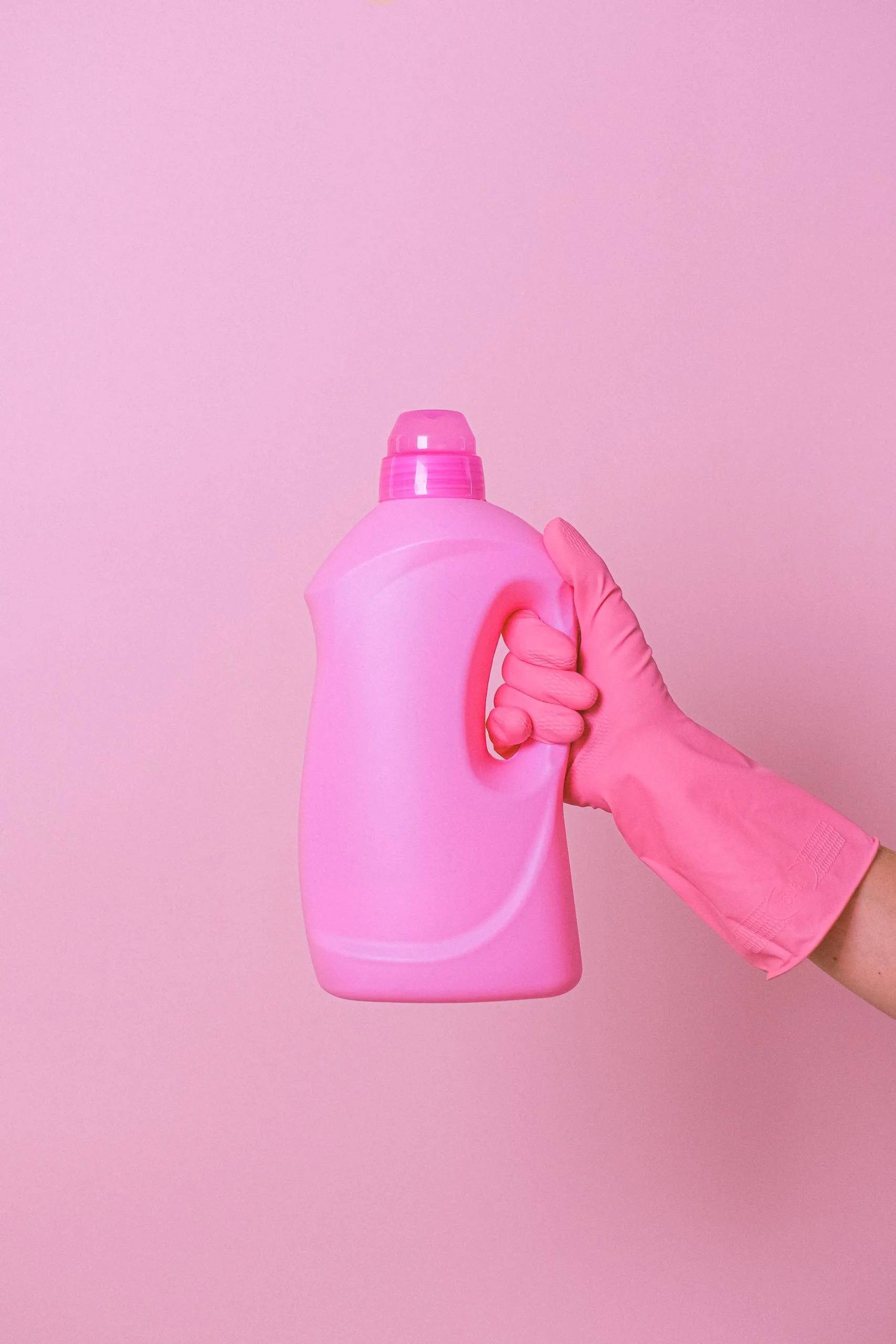Laundry is a part of our daily routine, but it is easy to overlook its impact on our health and the environment. The use of conventional laundry products can expose us to harmful chemicals, while energy-intensive laundry practices can contribute to environmental degradation. Longevity Live Paid Content.
Today, let’s explore the importance of maintaining a healthy and eco-conscious laundry routine, and provide tips for achieving both. By making simple changes to our laundry practices, we can protect our health, reduce our environmental impact, and support a more sustainable future.
Chemicals to Avoid in Laundry Products
Laundry products such as detergents and fabric softeners often contain a variety of chemicals that can be harmful to human health and the environment. Here are some of the most common chemicals found in laundry products that you should try to avoid:
- Fragrances
- Phthalates
- Sodium Lauryl Sulfate (SLS) and Sodium Laureth Sulfate (SLES)
- Optical Brighteners
- Chlorine Bleach
The chemicals listed above can have a variety of health effects, both short-term and long-term. Some of the potential health effects include:
- Skin irritation and allergies
- Respiratory problems, such as asthma and difficulty breathing
- Hormone disruption and reproductive problems
- Cancer
- Environmental pollution and harm to aquatic life
Using laundry products that can harm our health and the environment is a shared laundry misconception we often do not know. By avoiding laundry products containing these chemicals, you can reduce exposure to potential health risks and help protect the environment. Look for products labeled as fragrance-free, eco-friendly, or free of harmful chemicals, and consider using alternatives to fabric softeners and dryer sheets, such as wool dryer balls or vinegar.
Choosing Safe and Eco-Friendly Laundry Products
Conventional laundry products can contain a range of chemicals that can be harmful to our health and the environment. For example, many laundry detergents, fabric softeners, and dryer sheets contain fragrances, dyes, and other chemicals that can irritate the skin, trigger allergies, and harm aquatic life when they enter waterways. Here are some tips for choosing safe and eco-friendly laundry products:
- Look for fragrance-free or natural laundry detergents. These products are often made with plant-based ingredients and are free from harsh chemicals. They are also less likely to cause skin irritation or trigger allergies.
- Avoid fabric softeners and dryer sheets. These products typically contain chemicals such as quaternary ammonium compounds (quats) that can be harmful to human health and the environment. Instead, use natural alternatives such as wool dryer balls or vinegar to soften clothes and reduce static.
- Use natural stain removers. Instead of using conventional stain removers, which regularly contain harsh chemicals, consider using natural laundry solutions such as baking soda, lemon juice, or white vinegar.
- Consider making your own laundry products. DIY laundry solutions are easy to make and can be effective at cleaning clothes without harming the environment or your health. For example, you can make your own laundry detergent using ingredients such as washing soda, baking soda, and castile soap.
By choosing safe and eco-friendly laundry products, we can reduce our exposure to harmful chemicals and protect the environment. Moreover, using natural products can also be more cost-effective in the long run, as they typically require less product per load than conventional products.
 Reducing Environmental Impact
Reducing Environmental Impact
Conventional laundry practices can have a significant impact on the environment, particularly in terms of water and energy usage. Here are some tips for reducing the environmental impact of our laundry practices:
- Use cold water. Heating water for laundry can be energy-intensive, so using cold water can help reduce energy usage. Many laundry detergents are formulated to work well in cold water, so you don’t have to sacrifice cleaning power.
- Wash full loads. Running a full load of laundry uses less water and energy than running multiple small loads. If you need to do a small load, adjust the water level in your washing machine accordingly.
- Use a high-efficiency washing machine. High-efficiency washing machines use less water and energy than traditional machines, making them a more eco-friendly choice.
- Air dry clothes. Using a clothesline or drying rack to air dry clothes is a great way to reduce energy usage and prolong the life of your clothes. If you don’t have space for a clothesline or drying rack, consider using a drying rack that fits over your bathtub or shower.
By making simple changes to our laundry practices, we can significantly reduce our environmental impact and help protect the planet. These changes can also save us money on our energy and water bills, making them a win-win for both our wallets and the environment.
Preventing Cross-Contamination and Infection
Laundry can be a potential source of cross-contamination and infection if not done properly. Here are some tips for washing clothes and linens to prevent the spread of germs and infections:
- Separate high-risk items such as underwear, socks, and towels from another laundry to prevent the spread of germs. These items should be washed separately in hot water and with a detergent that contains bleach.
- Using hot water is an effective way to kill germs and bacteria on clothes and linens. Use the hottest water setting that is safe for the fabric and follow the care label instructions.
- Use bleach. Bleach is a powerful disinfectant that can kill germs and bacteria on clothes and linens. Use bleach only on white or colorfast items and follow the care label instructions.
- Dry clothes thoroughly. Make sure clothes and linens are dried completely before storing them to prevent the growth of bacteria and mold.
- Avoid overloading the washing machine. Overloading the washing machine can prevent clothes from being washed properly, leaving behind germs and bacteria. Make sure there is enough room in the machine for clothes to move around freely.
- Be careful with dry cleaning. Some germs and bacteria can survive the dry cleaning process. To prevent the spread of infections, avoid using shared laundry service facilities and opt for a professional dry cleaner that follows proper sanitation protocols.
By following these tips, we can prevent cross-contamination and infection during laundry and keep our clothes and linens clean and germ-free.
Final Takeaway
Maintaining a healthy and eco-conscious laundry routine is essential for protecting our health and the environment. By choosing safe and eco-friendly laundry products, reducing our environmental impact, and preventing cross-contamination and infection, we can keep our clothes and linens clean and germ-free while reducing our carbon footprint.
We encourage readers to adopt these tips and make them a part of their daily laundry routine. By doing so, we can create a healthier and more sustainable future for ourselves and future generations.
Let’s make a conscious effort to make a positive impact on our planet, one laundry load at a time.
Who is the author?

Kay Escobia
Kay Escobia is a skilled content writer with a keen interest in laundry and sustainability. Her articles not only educate readers about the latest laundry techniques and products, but also emphasize the significance of sustainable choices in reducing the carbon footprint.
You can contact Kay to explore how their writing expertise can add value to your organization.



![women [longevity live]](https://longevitylive.com/wp-content/uploads/2020/01/photo-of-women-walking-down-the-street-1116984-100x100.jpg)










